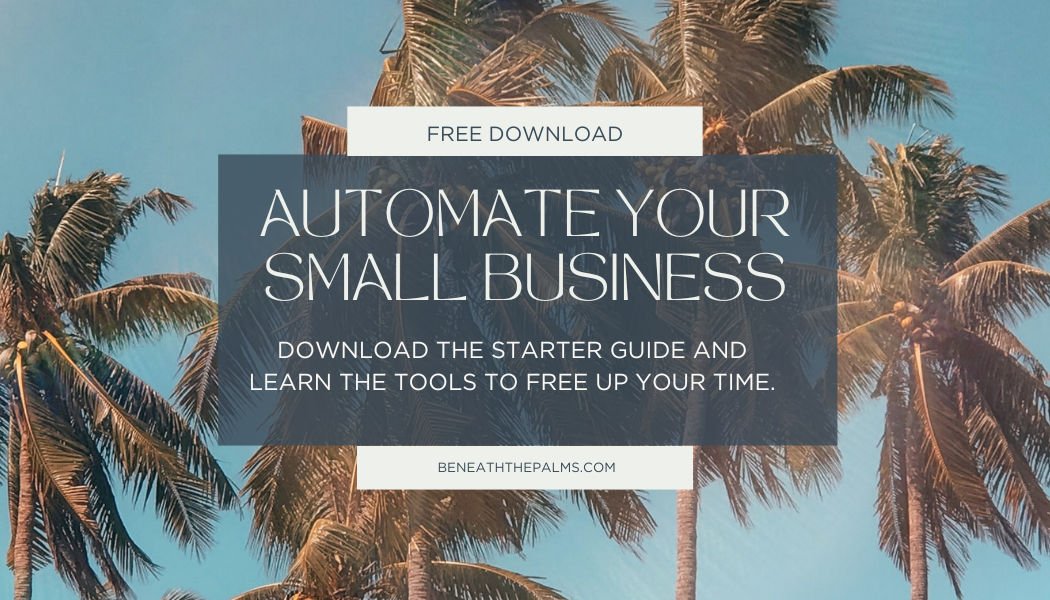Profit First
How I Paid Myself While Owning My Small Business Starting on Day One
Disclaimer: This website uses affiliate links, meaning: at no additional cost to you, we earn a small commission if you click-through and make a purchase. As an Amazon Associate I earn from qualifying purchases. We only feature products that we believe in and use ourselves. Your support means the world to us and allows us to host this website. Thank you!
When I started my small business, one thing was non-negotiable: I had to pay myself from day one. As a single business owner, I didn’t have the luxury of a second household income or financial cushion—I needed my business to sustain me immediately. Many entrepreneurs fall into the trap of reinvesting everything back into the business, but I knew that wouldn’t be sustainable. Here’s how I made it happen, how you can do the same, and why the book Profit First by Mike Michalowicz was my financial game-changer.
Why Paying Yourself First Matters
Many small business owners think they’ll start paying themselves once the business is profitable. The problem? If you don’t prioritize your paycheck, it won’t magically appear later. Paying yourself from day one forces you to build a business that actually supports you rather than just existing. If you started your business to create financial freedom, you need to treat your paycheck as a necessary expense—just like rent or inventory.
The Profit First Mindset
I had read Profit First before launching my business, and the concept stuck with me. Instead of following the traditional formula of Sales - Expenses = Profit, Profit First flips the script:
Sales - Profit = Expenses
This means I took out my paycheck before determining how much I could afford to spend on business expenses. This shift in mindset made all the difference.
Step 1: Setting Up My Bank Accounts
To make this method work, I set up multiple bank accounts:
Income Account: Every sale and deposit went here first.
Profit Account: A percentage of revenue was automatically transferred here.
Owner’s Pay Account: This was my paycheck account.
Tax Account: No surprises at tax time.
Operating Expenses Account: What was left covered business expenses.
By treating my owner’s pay as a required allocation, I made sure I never “forgot” to pay myself.
Step 2: Determining My Paycheck
To figure out how much I could afford to pay myself, I started with a simple percentage-based approach:
If my revenue was under $250,000 per year, Profit First recommends allocating 50% to Owner’s Pay.
The rest was divided among profit (5-10%), taxes (15-20%), and expenses (30-35%).
For example, if I brought in $5,000 in sales one month, I immediately transferred $2,500 into my Owner’s Pay account. This forced me to run my business lean and prioritize profitability.
Step 3: Making It Sustainable
Since I wasn’t making huge money right away, I took extra steps to optimize my pay:
Lean Business Model: I kept overhead low, avoiding unnecessary expenses like fancy software and office space.
Multiple Income Streams: I added complementary services that increased revenue.
Emergency Buffer: I built up a few months’ worth of my paycheck in my Owner’s Pay account to even out slow months.
Check out the Free Small Business Automation Starter Guide. Learn about the tools that allow you to streamline your business with ease.
Challenges & Adjustments
Of course, there were months when money was tight. Instead of skipping my paycheck, I looked at ways to increase revenue or trim expenses. I also learned to give myself “raises” as revenue grew by adjusting my Owner’s Pay percentage.
Final Thoughts: Why You Need to Prioritize Paying Yourself
If you don’t make your paycheck a priority, your business will become just another job—except with longer hours and more stress. By implementing the Profit First method, I built a business that supported me instead of the other way around.
If you’re starting your own business, make paying yourself a non-negotiable from day one. Not only will this keep you financially stable, but it will also force you to build a healthier, more profitable business.
Have you struggled with paying yourself as a small business owner? Let’s chat in the comments!







